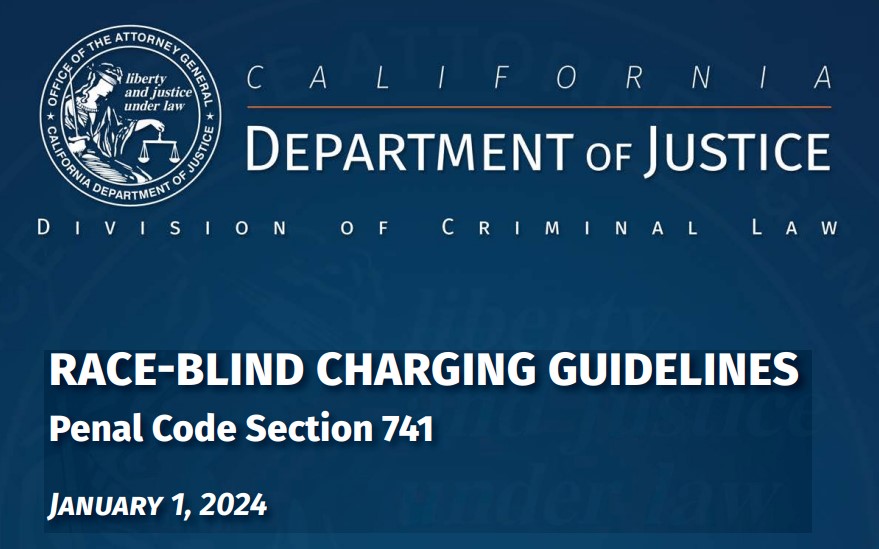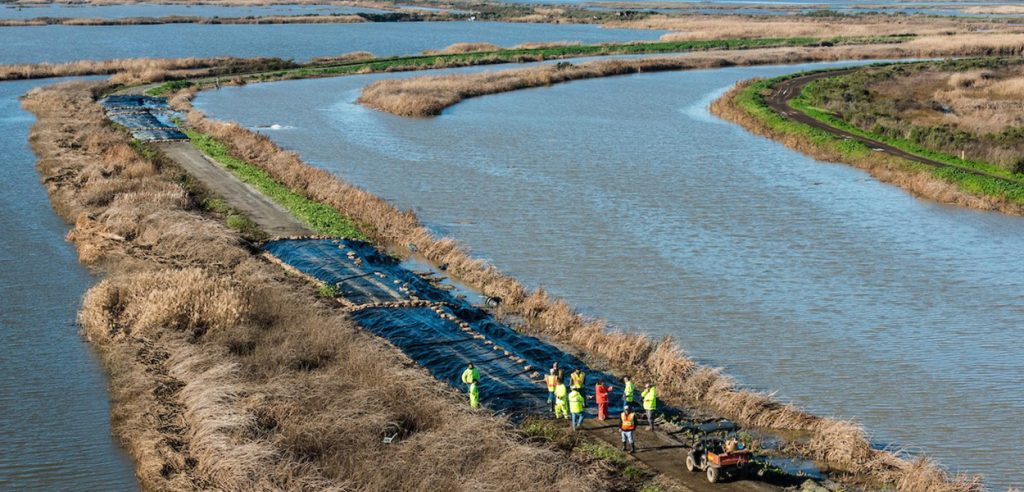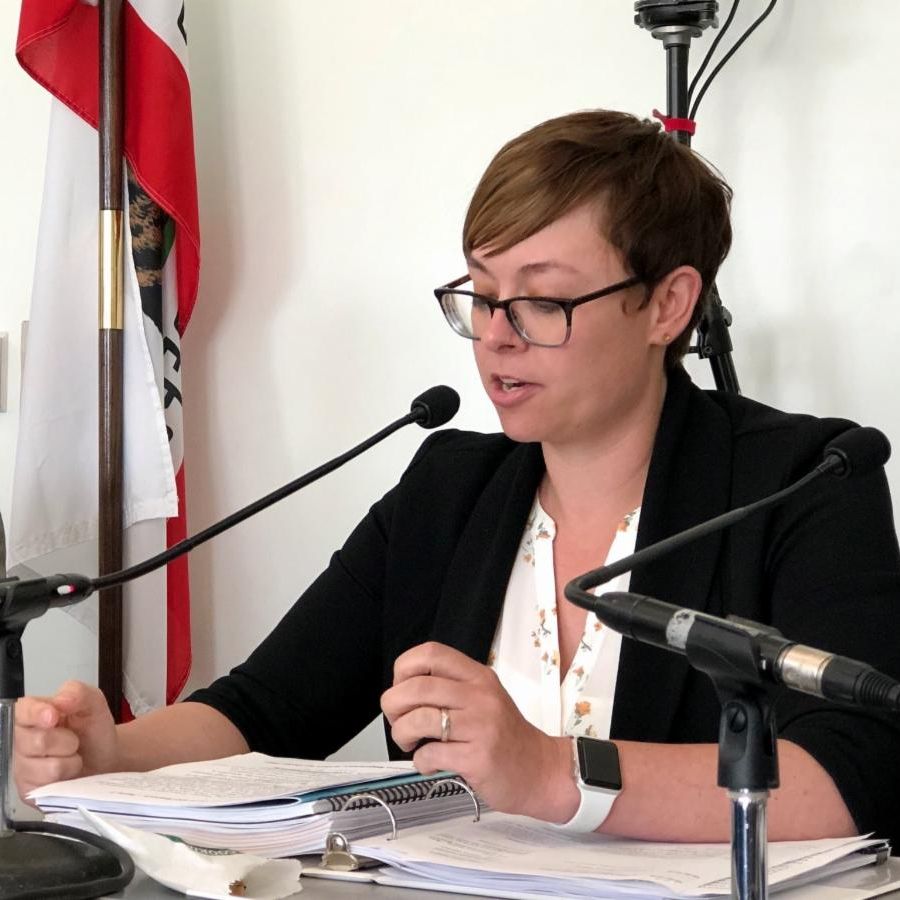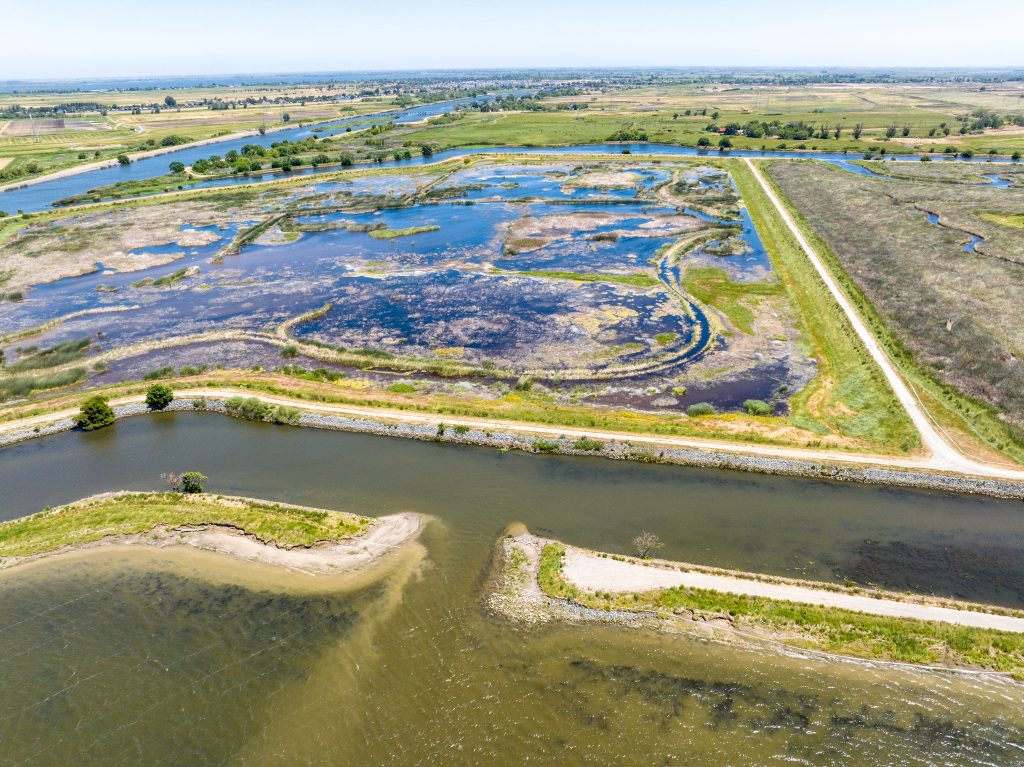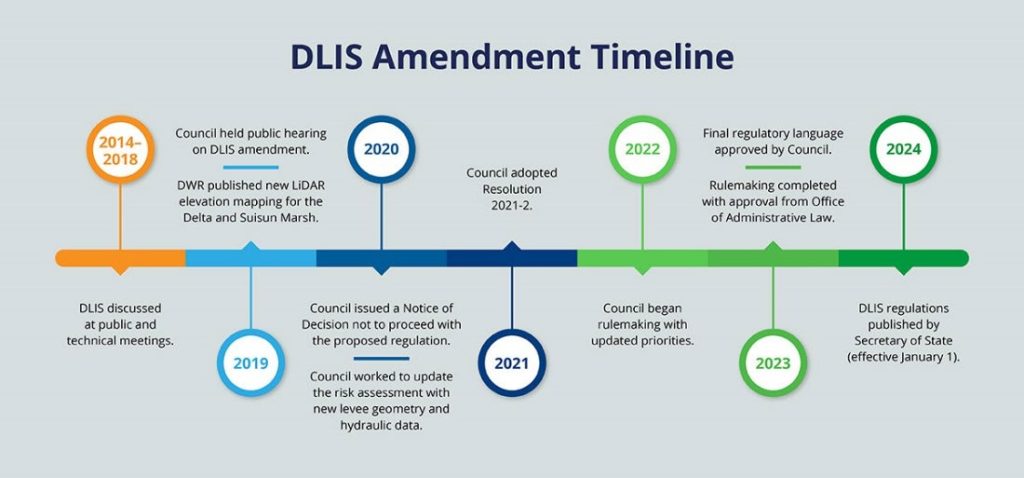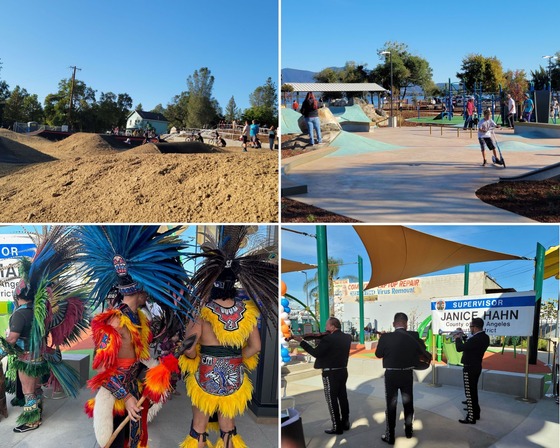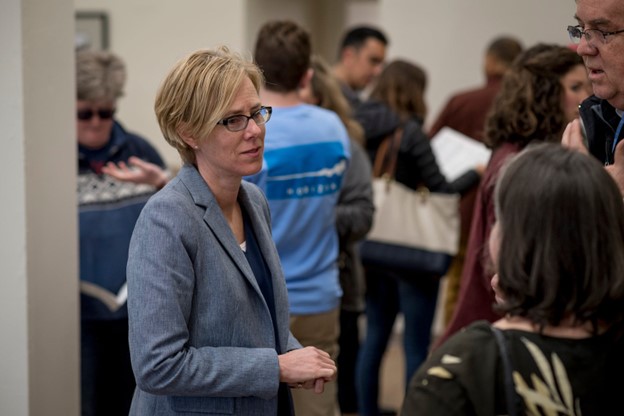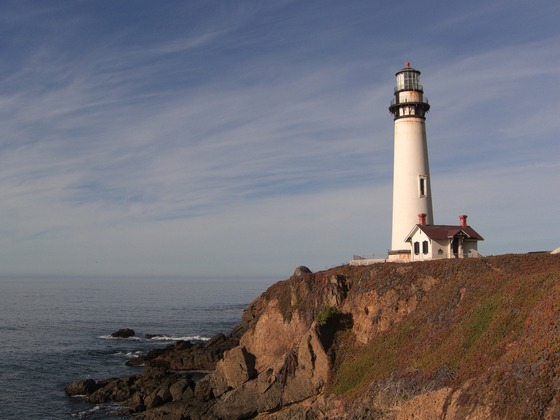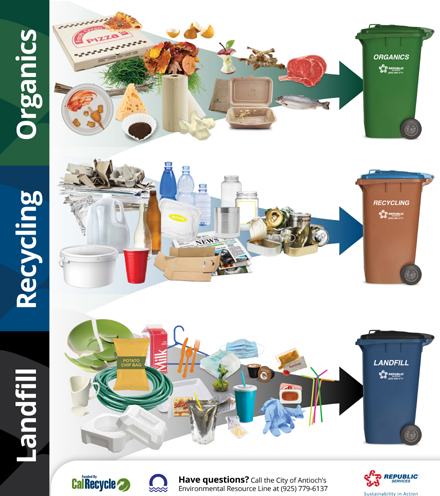Slay California’s Death Tax
Friday, January 19th, 2024
About 1.2 million signatures needed by February 5th to qualify the Repeal the Death Tax Act for November’s ballot
Download your petition below to help
By Katy Grimes
This article was first by the California Globe. Republished with permission.
Last week when Gov. Gavin Newsom was sharing his proposed 2024-2025 budget, he insisted that he was opposed to a proposed wealth tax. And sure enough, Assembly Bill 259 by Assemblyman Alex Lee (D-Palo Alto), which will impose an annual “worldwide net worth” tax of 1 percent on net worth above $50 million, rising to 1.5 percent on net worth over $1.0 billion, was killed in committee that afternoon.
However, the governor has been mum about another type of wealth tax – California’s sneaky Death Tax, which adds a new tax on property inherited by a family member, which was already was taxed over the years of ownership.
In 2020, Proposition 19 resurrected the Death Tax on families whose property is left to loved ones when they die, putting their homes, property and businesses at significant risk. While the initiative was cleverly disguised as a benefit for the elderly and disabled communities, Proposition 19 caused far more harm than good.
In May, Senator Kelly Seyarto (R-Murrieta) introduced Senate Constitutional Amendment 4, to restore taxpayers’ property rights by reversing the state’s “death tax” written into in Proposition 19. Deviously titled “the Property Tax Transfers, Exemptions, and Revenue for Wildfire Agencies and Counties Amendment,”
SCA 4 would have reversed one of the largest property tax increases in state history, a little-noticed provision of Proposition 19 that revoked the ability of families and parents to pass property to their children without any change to the property tax bill, according to the Howard Jarvis Taxpayers Association.
However, Democrats killed Seyarto’s SCA 4 in a legislative committee.
I remember when the Death Tax was first slayed.
“It was 1986 when the parent-child exclusion from reassessment was first added to the state constitution,” Susan Shelly recently wrote. “A growing number of Californians were angry to discover that state law treated death and inheritance as a “change of ownership” under Prop. 13, triggering reassessment to current market value just as if it was a sale. The legislature proposed a constitutional amendment that would allow parent-child transfers of a home and a limited amount of other property, such as a small business or a rental property, without reassessment.”
“The parent-child transfer protection passed by a unanimous vote in both houses of the legislature, and then was approved by 75% of voters statewide.”
Howard Jarvis Taxpayers Association (HJTA) elaborates on how Proposition 19 hurts taxpayers:
Proposition 19 had two main elements. The first was expanded “portability” of base-year property taxes. Homeowners who are 55 years of age or older, who are victims of a wildfire, or who are disabled may now move to a replacement home anywhere in the state, of any value, and take the base-year property tax assessment of the old home with them to a new home up to three times.
Now to the other part of Proposition 19. Previously under the state constitution, property transfers between parents and children, and sometimes grandparents and grandchildren, were excluded from reassessment. These family members could transfer a home of any value and up to $1 million of assessed value of other property, such as a small business property, a vacation cabin, or a rental property, without any increase in the property tax bill. This taxpayer protection was added to the state constitution in 1986 by Proposition 58 (parents and children) and in 1996 by Proposition 193 (grandparents and grandchildren) with overwhelming public support.
Proposition 58 was approved by more than 75% of California voters, and Proposition 193 was approved by nearly the same margin. Now, these taxpayer protections are gone.
Proposition 19 has replaced 58 and 193 with a very narrow exclusion for family transfers of property. Only a principal residence that the inheriting child occupies as his or her permanent primary residence is eligible for an exclusion from reassessment. Unless the new owner can move in within one year, the property is reassessed to market value. Business properties and rental properties lose the protection entirely.
So, what can be done?
Susan Shelly continues, “the Howard Jarvis Taxpayers Association, where I am on staff as VP of Communications, is collecting signatures to put an initiative on the ballot that would repeal the tax increase that was hidden in Prop. 19, without touching the other provisions in it. The official petition is available at RepealTheDeathTax.com and can be downloaded and printed on one sheet of ordinary letter-size paper. This enables instant distribution of the petition throughout the state. Theoretically, a million people could download the petition at the same time, fill it out and sign it, and have one other registered voter in the household also sign it.”
It’s easy. Click on RepealTheDeathTax.com and/or
Click here to DOWNLOAD the official petition RIGHT NOW
RepealTheDeathTax.com has more details HERE:
Please note: You must print and sign the petition with paper and ink. It’s not electronic.
Follow the easy instructions. And please note:
DEADLINE EXTENDED! Return signed petitions to HJTA postmarked by FEBRUARY 5
Download the official, legal petition to put the REPEAL THE DEATH TAX initiative on the November 2024 ballot.
Complete instructions are included in the pdf file.
Get your petition in the mail ASAP – before February 5th.
Katy Grimes, the Editor in Chief of the California Globe, is a long-time Investigative Journalist covering the California State Capitol, and the co-author of California’s War Against Donald Trump: Who Wins? Who Loses?












